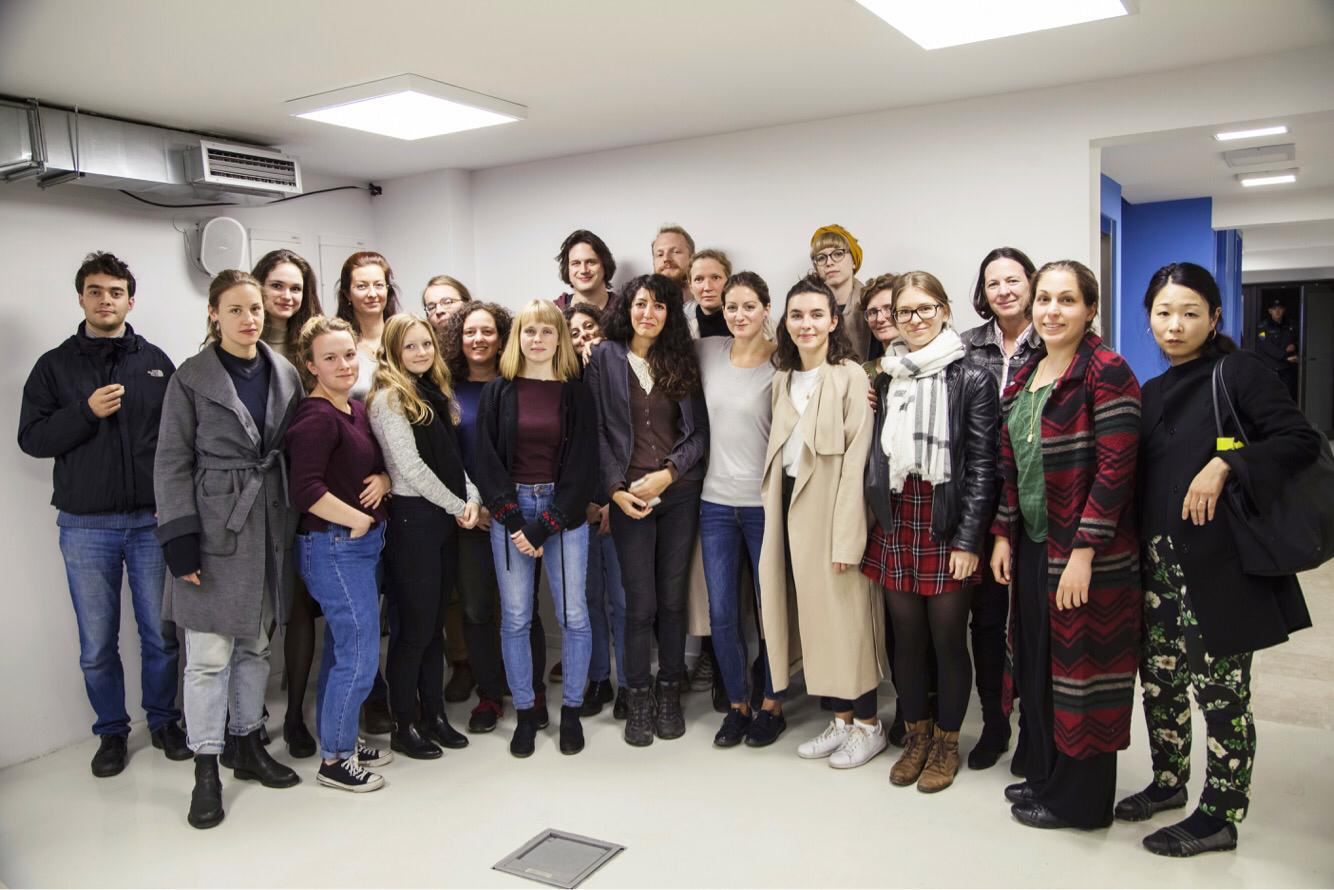Education
Kuma International, a Bosnian non-profit, operates as a research center specializing in visual arts from post-conflict societies. It was founded by Dr Claudia Zini, trained art historian and curator, in Sarajevo in 2018.
The main idea behind the organization is compelling and quite innovative for Bosnia and Herzegovina: to view art as a fundamental tool for pursuing reconciliation, addressing trauma and preserving war memories. Kuma International believes that the arts, in conjunction with education, offer a great opportunity to come to terms with the past, attain closure, heal from collective and personal trauma, and create positive change in people’s consciousness.
Kuma’s most enduring and successful initiative is its Summer School. Established in 2018, the Kuma International Summer School is the first program solely dedicated to contemporary art practices emerging from the context of conflict and trauma. The school focuses on Bosnia and Herzegovina and the work artists in the region and the diaspora have been making in response to the political turmoil of the 1990s which began with the fall of Yugoslavia and ended with war and genocide.
Kuma International is engaged in different educational activities, working closely with scholars and artists. The primary focus of Kuma’s first educational step is the post-war artistic production from Bosnia and Herzegovina, which was analyzed in detail during the first Kuma International Summer School that took place in Sarajevo in June 2018.
The war which occurred in Bosnia and Herzegovina between 1992–95 radically transformed the aesthetics, contents and techniques used by local artists, giving birth to new artistic vocabularies. Numerous artists reflect on the traumas of war through their art. Their autobiographical artworks tell personal stories, rather fragments of memories, which are often lost or purposely excluded from the official narrative.
Studying the war and post-war Bosnian cultural production can offer valuable insights into the nature of conflicts, particularly in the aftermath of the Srebrenica genocide. It also raises important questions, such as the follows: what role can artists play in the memorialization of the past in a country where there is an ongoing struggle to curate memory pertaining to the war and its aftermath and where the three main ethnic groups support different narratives? What can art contribute to our understanding of war and conflict? Can the production as well as the viewing of art inspire non-verbal reconciliation of past atrocities?

